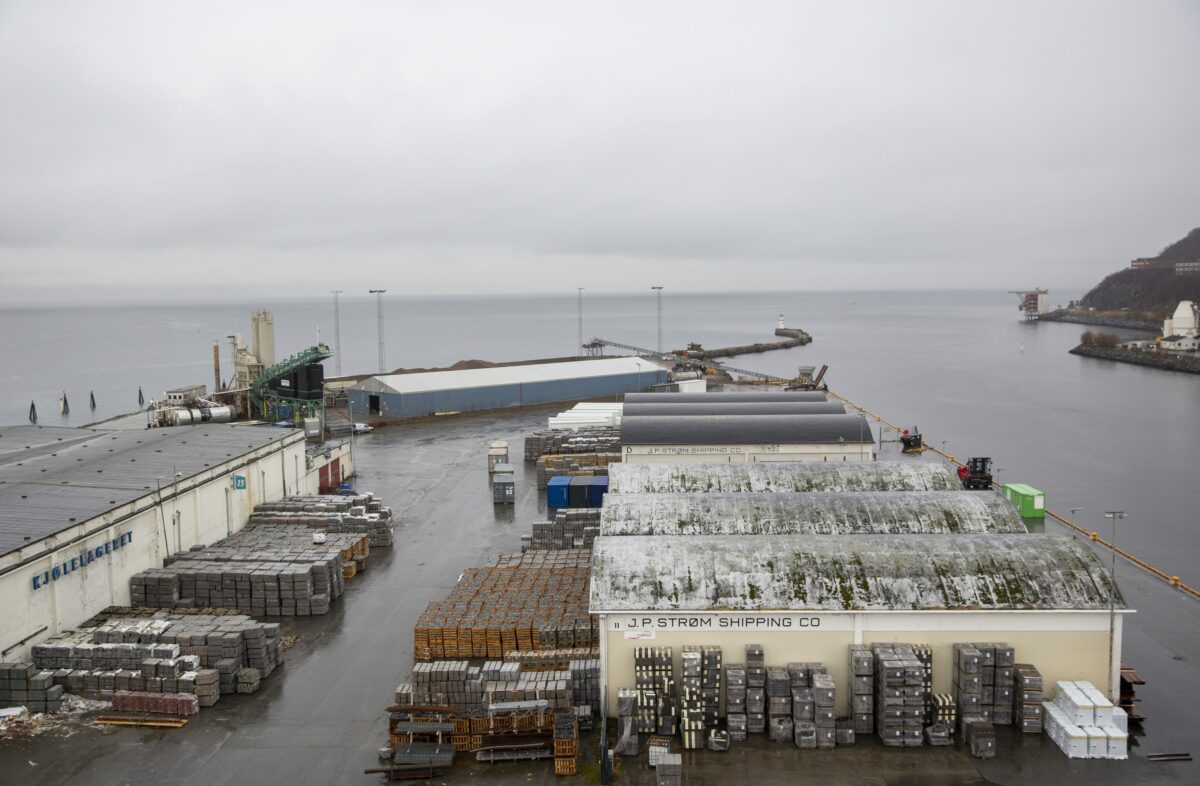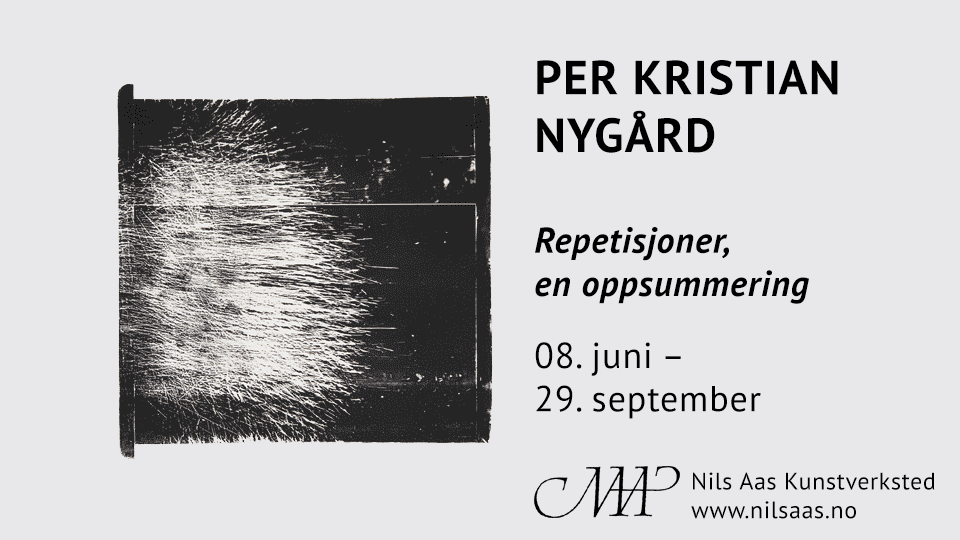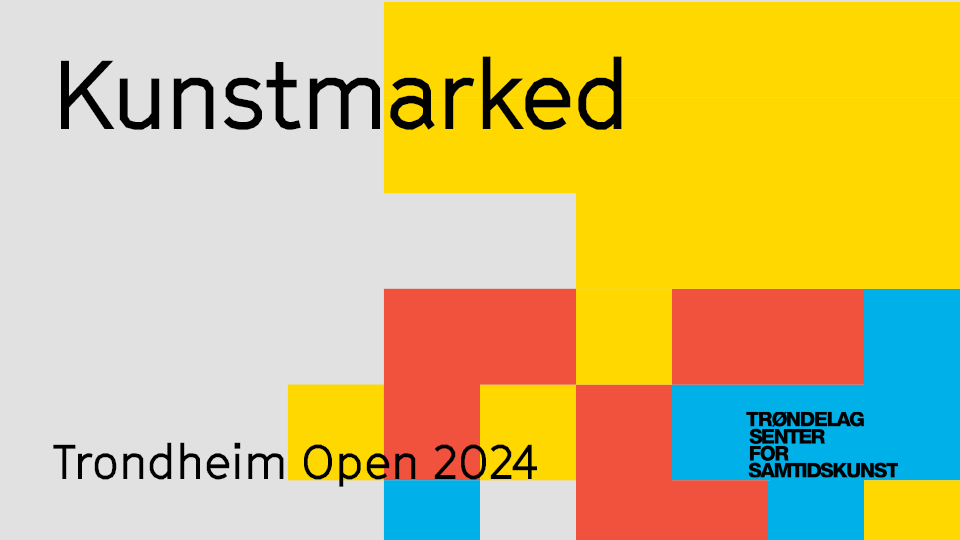Impressions of Nyhavna

Stedsfornemmelser, Text Series, Marte Huke 25.11.2019
I hear Nyhavna* singing,
the varied carols I hear,
The carpenter singing as he measures his plank or beam,
The photographer singing as she goes from one job to the next,
The boatman singing about his boat,
the driver singing about changing tires.
The crane driver singing at his levers,
the potter singing where he stands.
I hear the welder’s song,
I hear the software engineer singing
as she makes her way to work in the morning.
Each singing what belongs to him or her.
I write on the margins
of a history shaped by others.
I think of the water in the harbour,
which is not a mirror,
but a surface of incessant waves
and ripples, flowing into voids,
turning the city’s face towards the unrecognisable.
A complex undulating face.
I see the city write itself towards an inscription in water.
Flowing mirror images. Mirror images in tumult.
In the future, the tides will continue to raise and lower the fjord,
Sloshing higher over quaysides and houses.
Nyhavna, products come ashore,
and are shipped out.
Nyhavna, a mouth opening towards the fjord,
pronouncing the city and contradicting the city,
Nyhavna, a place of physical work,
and, for the thought-worker, a place to linger.
Nyhavna, the artists are always the first to come
when the image of a district changes;
Those who see openings where others see wreckage and ruins.
Those who thrive on disorder, chance,
and cheap rents.
Then come those who come
once visions have been brought to life:
I’m thinking of capital,
with its architects, developers
and estate agents.
I think of those who come to live,
and the question of how they come to live,
and who should come to live.
I think of the question of jobs,
and who should get them.
I think of Nyhavna, and Inger Christensen’s poem:
watersteps stoneskies windhouses
aircellars rainhearts sandbodies
cliffmouths riverstomachs icesexes
snowlungs coalbrains cloudfingers
saltnerves eartheyes heartache**
I hear the politicians singing
about sustainability, housing
and population growth.
I hear the municipality singing
about transport arteries,
cycle paths and schools.
I hear the architects singing
about green lungs,
urban spaces and cultural monuments.
I hear the artists singing
about studios, cultural production
and art projects.
I hear the developers singing
about the tenderloin of the city
and maximal profit.
I think about the difference
between houses you live in,
and houses you deliver in.
I think about the ongoing question,
what is a city?
I see Dora 1 and Dora 2,
the submarine bunkers built during World War II
with walls three metres thick
that still will be standing
when we have all stopped singing.
*
I read about times that preceded us:
here was a beach, a place for collecting bait,
for fishing, for mending nets.
Here were labourers’ dwellings,
heathland and ploughed fields.
Here were bleaching banks, flower meadows and seabirds.
Here poverty and hunger lurked behind thin walls,
children who dug in the sand
and run into salty waves to rinse themselves.
For centuries the Nidelva river has carried sand and clay
and deposited them here.
It used to be called the Florida coast,
the old expanse of beach
beside what would become Nyhavna.
Gerhard Schøning called it the Ivory Beach.
Yes, “as white as ivory”!
The beach was dredged,
the pier built,
so larger ships could enter the harbour.
In the past, ships docked at the wharfs along the river,
Spanish boats, Danish boats,
and from Fosen and Lofoten,
bringing with them
smells of tar, fish and cod-liver oil,
of rigging and grain,
as Nini Roll Anker writes
in her novel The House in Søgaten,
a declaration of love for her parents’ hometown,
a book in which she mines her parents’ memories
of their childhoods in 19th century Trondheim.
*
The song of Nyhavna is a song of the city and of us,
What we as residents need:
the flow of goods from water to land,
from boat to car.
The song is sung by the archivists deep within Dora’s vaults,
where objects, papers and pictures,
our common memory,
are shielded from light, damp and bombs.
At Nyhavna you find pallets of paving stones destined for our streets,
Formwork and cement, what houses are made of.
Costumes are sewn and stage sets constructed.
Coffee is roasted
and beer is brewed.
Fruits are stored,
and chocolate too,
before they’re transported to the shops.
The song of Nyhavna is a song of
steel and concrete,
of transport firms and recycling,
of wreckers’ yards and trade in iron and metals.
This is where boats are repaired.
This is where cars get painted.
If all this business is to leave the docks,
where should it go?
Nyhavna, I trawl through documents,
read newspaper reports, trying to work out:
How does it affect a city
to change the flow of people and goods
to this extent?
Nyhavna, if the industry is to leave,
where should it go? Far from the centre of town?
How much ground must be covered in concrete to hold all this?
Not more arable land I hope, not more
arable land,
which is so easy to sacrifice.
*
Early one October morning
I cycle round Nyhavna.
The sun has yet to grant its warmth.
It merely casts light,
on walls of metal and brick.
In the past, I’ve worked
on art projects here.
For several years I was involved with
art installations and theatre productions,
had several places of work in Nyhavna.
Dora and the archives have been my workplace,
their raw concrete a whetstone
on which to hone thoughts and ideas.
Art can live an everyday life,
even in these surroundings!
I go out into the world,
and the world goes into me.
I think of housing development, urban development,
enveloping myself in convoluted calculations.
People, traffic, work, houses.
The blue child seat rattles loudly
on the back of my bike,
as I ride
over speed bumps and mount the curbs.
One by one, the roads will grow smoother,
the bumps evened out.
I have the feeling of riding around in the past,
that all this is already gone,
that the bloke eating lunch in the lunch room
behind a streaky window
is already gone.
I recognise the smells. Car paint and coffee.
I see a shower of sparks from an open garage door.
I see a great blue crane reaching into the clear sky.
I take out my camera,
wanting to document, but the eyes in the lunch room are watching me
and I feel like a spy.
Nyhavna is a place where boundaries are uncertain,
a landscape of visible and invisible fences,
simultaneously open and inaccessible.
I see the pile of scrap metal on the tongue that juts into the fjord;
I think how different are the lives lived in a city.
What one wants to throw away, another is ready to adopt.
*
My next-door house at Persaunet
was built in 1940,
just before Nyhavna was converted into a naval base
and a workshop for the naval fleet
during the German occupation.
An old woman used to live there,
had lived there since it was built.
The rooms of the house were dimly lit,
each summer the grass grew knee high
in a garden spotted with peonies.
For her it must have been a common sight
to see submarine crews
trudging down the hill from the Persaunet barracks
towards Nyhavna.
Last year the house was sold to a real estate company.
One year later
it looks like new, a brown box
with freshly laid asphalt out front.
The garden had flower beds, berry bushes
and old, bountiful fruit trees.
We snuck into the garden
of the abandoned house
gathered apples and plums,
and had fruit in the fridge until Christmas.
The trees were felled and the bushes pruned,
the rugged and the wild made tame,
two tool sheds appeared where the fruit trees stood,
and pre-grown turf was rolled out a week before public viewing.
Vibrant diversity
can become low-maintenance monoculture,
and stories can vanish
into namelessness and oblivion.
*
Nyhavna, how can one plan
for an unforeseeable future?
How create a safe haven
while the waters continue to rise?
Again, I am reminded of a poem by Inger Christensen,
the Danish poet I esteem so highly,
because she put into words
the way the world is forever trying to see itself:
A society can be so stone-hard
That it fuses into a block
A people can be so bone-hard
That life goes into shock
And the heart is all in shadow
Till some begin to build
A city as soft as a body***
The first section of this poem is indebted to Walt Whitman’s “I hear America singing”.
*Nyhavna, meaning “The New Harbour”, is a dockland district in Trondheim.
**Translation of Inger Christensen: Susanna Nied, 2005.
***Translation of Inger Christensen: Susanna Nied, 2005.
Translation by Peter Cripps.
The English text is financed by Trondheim municipality.
Article photo: AST / Märit Aronsson




